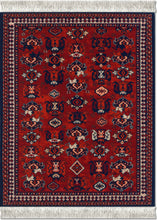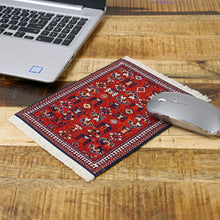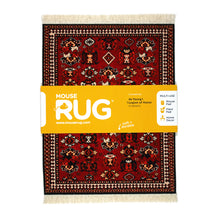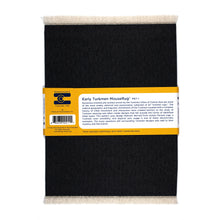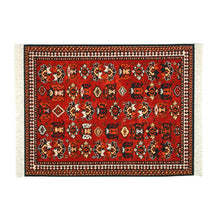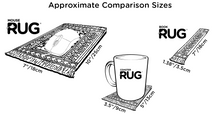
Carpets, tent and camel trappings, and other knotted pile textiles woven by the Turkmen tribes of Central Asia are some of the most widely admired and passionately collected of all “oriental rugs”. They are also among the most challenging to comprehend. The relative geographic and linguistic remoteness of the Turkmen coupled with a complex history of tribal movement and interaction have created barriers to the study of Turkmen weaving. Furthermore, the clues used to determine when, where, and by what tribe a rug was made – design, color palette, weave structure, and yarn – often combine in ways that fall outside the norms of identified tribal types. This carpet combining design features derived from certain Persian rugs, a Turkmen color sensibility, and atypical yarn usage is one of these idiosyncratic examples. The many questions still surrounding Turkmen weavings only add to their mystery and fascination. The skill and artistry of Turkmen weavers is evident in this 18th century example.
Design © de Young Fine Arts Museum of San Francisco
Made in the USA
MouseRug dimensions - approximate finished size: 7.125" x 10.25" (including fringe) and 0.16" thick
mouse rug gift






